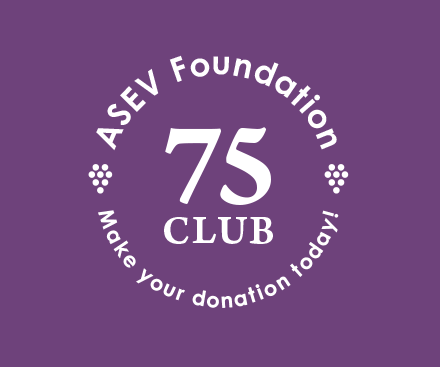Abstract
Typicality is defined as the characteristics of a Protected Designation of Origin (PDO) wine related to a terroir. In the context of a PDO, a typicality assessment can be used to assess the global quality of a PDO wine. This study used a two-phase method to identify the distinctive characteristics of a PDO wine and then apply those findings to a case study of Chianti Montespertoli DOCG wine, where DOCG is the Italian acronym for PDO. A panel of wine professionals evaluated the typicality of a series of selected PDO wine samples, and a partial least squares (PLS) regression model was used to associate wine typicality and chemical composition. The model was used to predict wine typicality from the chemical composition of experimental wines (2009, 2010, and 2011 vintages) produced from grapes growing in the PDO area. Finally, regression coefficients of the PLS model were analyzed to select which grape chemical parameters were significant in describing the typicality of the wine. These highlight the most important factors to manage during winemaking to ensure the typicality of this wine.
- ©2017 by the American Society for Enology and Viticulture
Sign in for ASEV members
ASEV Members, please sign in at ASEV to access the journal online.
Sign in for Institutional and Non-member Subscribers
Log in using your username and password
Pay Per Article - You may access this article (from the computer you are currently using) for 2 day for US$10.00
Regain Access - You can regain access to a recent Pay per Article purchase if your access period has not yet expired.









